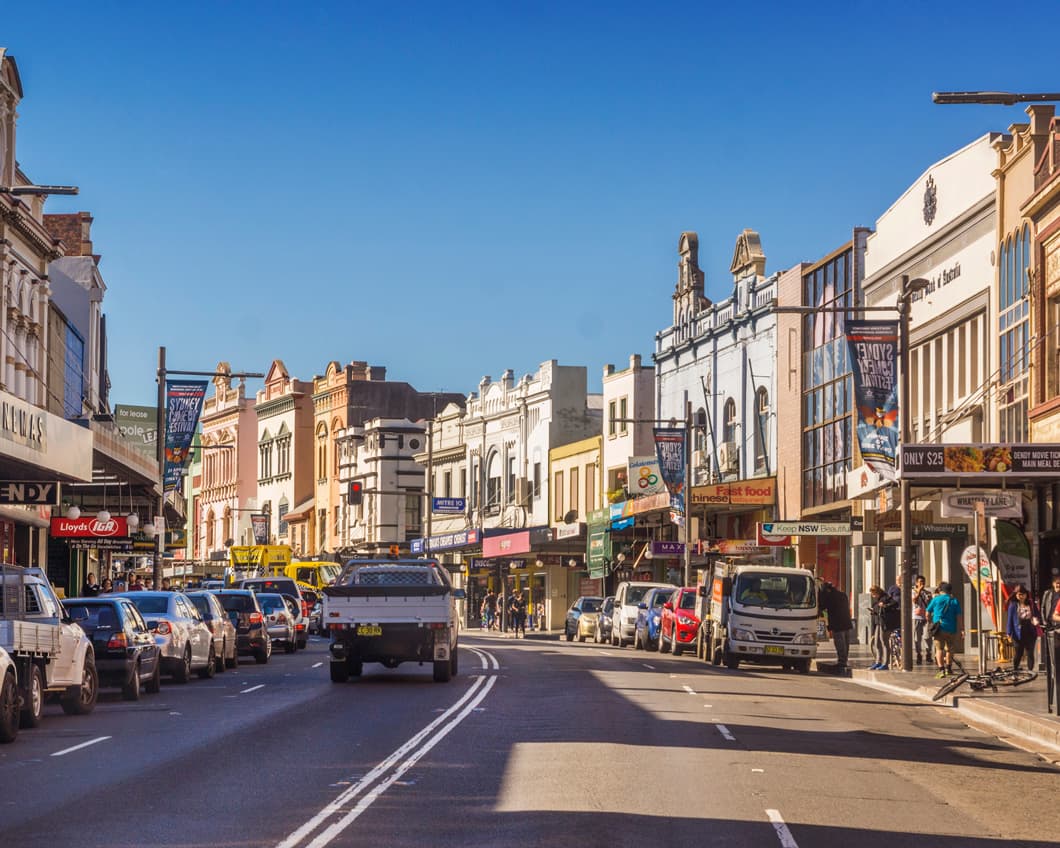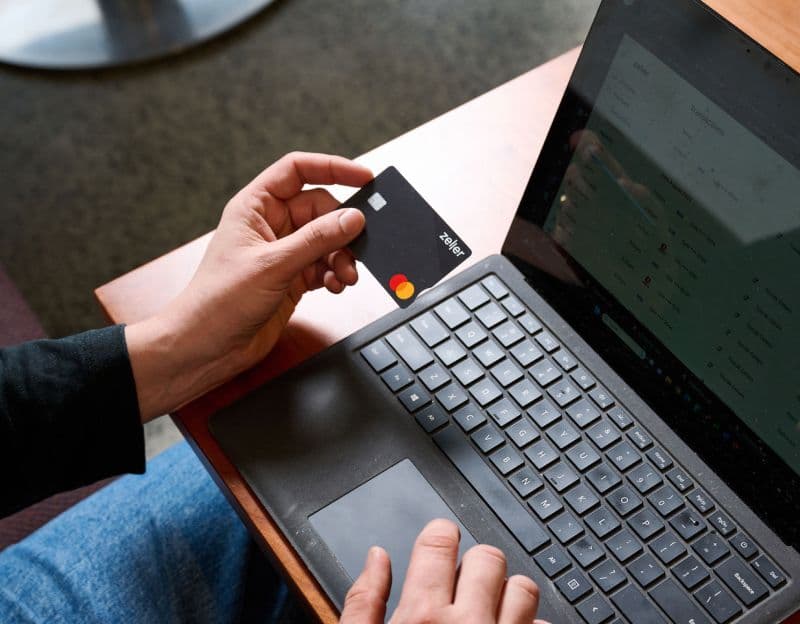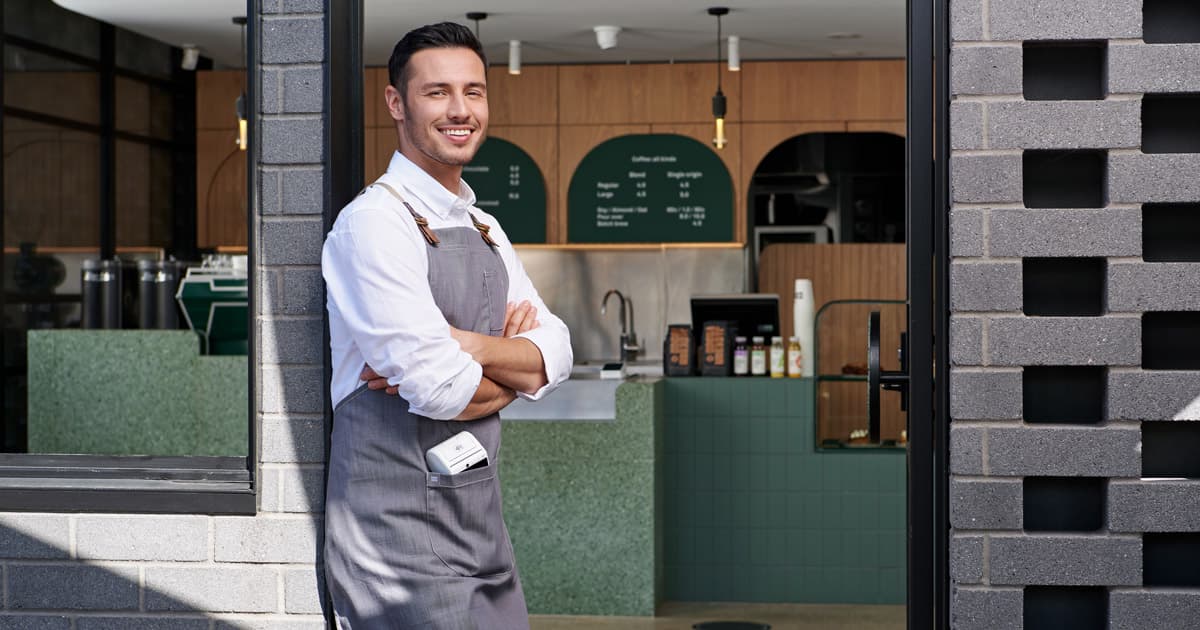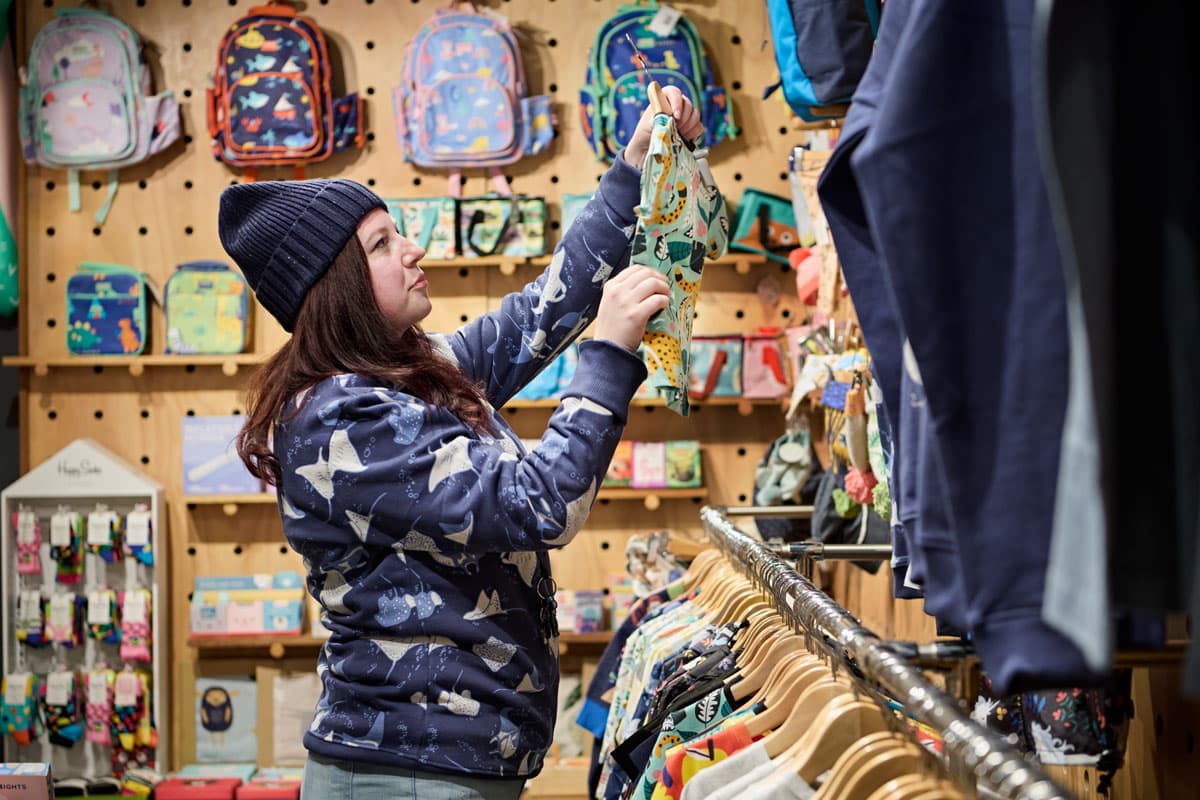
- Business Growth & Optimisation
5 Ideas to Revive High Street Shopping
It's time for high street retailers to adapt to the post-pandemic landscape.
The high street has faced unprecedented challenges in recent years — not just throughout the pandemic, but ever since the astronomical growth in online shopping in the early 2010’s. Now, with many shops left vacant and household budgets squeezed, it’s easy to see why some have proclaimed the ‘end of the high street.
High streets have long been the backbones of many communities, regardless of scale. Historically, the local high street has been the epicentre of commerce and convenience, providing necessities, luxuries, employment opportunities and local culture. Yet if the high street is to return to the profitable place of business it once was, it must take on a new role – one that is better adapted to the new retail landscape.
From increasing foot traffic, to improving the in-store experience, this is your guide to reviving high street shopping.
The appeal of the high street
There are five primary factors that drive people to their local high street, according to Retail Week’s High Street Rebooted 2021 report.
Convenience
Competitive prices
The ability to try on and test products
The opportunity to support local
Bar, café and restaurant culture
Yet it’s just as important to understand why shoppers are passing up the high street shopping experience. According to the same report, there are six main reasons people don’t feel compelled to support their local high street.
Shoppers don’t feel motivated to keep stores open
Parking is difficult and expensive
The product offering is too narrow
The shops are unappealing or outdated
The precinct is unattractive
It’s not a fun or enjoyable experience
Now that you’re aware of what’s holding shoppers back, it’s time to encourage them to return to the high street and start spending again.
5 ways to bring back high street shopping
1. Improve the overall in-store experience
Most of the deterrents to high street shopping directly relate to the shopping experience itself. If a store isn’t a pleasant place to be, shoppers won’t return. Something as simple as clear wayfinding signage can make queuing, browsing and buying a more effortless experience. It’s worth going back to basics and evaluating the in-store customer experience being offered. Consider updating your fitout, or simply rearranging the store layout to allow for a better flow of foot traffic.
It’s also important to note that the boom in online shopping has shifted consumer expectations, while at the same time many retailers have been forced to cut costs to protect their margins. One of the most impactful cost cuts is staff — yet regaining shoppers’ attention and loyalty, in a way which cannot be replicated online, relies on exceptional customer service. Now’s the time to think about hiring more staff, or upskilling your current workforce.
2. Get to know your neighbours
Understanding the retailer mix on your street can give you a better understanding of trending factors like foot traffic. For example, if there’s an independent cinema nearby that has discounted sessions on Friday nights, it might be worth staying open a little longer on Friday to capitalise on the crowds.
You may also identify cross-marketing opportunities with other businesses that could be of mutual benefit. Say you sold confectionery. You could approach the cinema and discuss offering a 10% discount to all movie goers who present their ticket stubs at your store. You could even partner with the local cinema for special events, and sell specialty film-themed lolly and ticket packages.
The real strength of a high street comes from businesses working together towards a common goal.
3. Use the space to your advantage
It’s likely your store has street-facing exposure. If this is the case, make the most of it. Ensure your window displays do justice to your range, and are attracting as many eyes as possible. This means freshening up your display so it packs a fresh punch during key retail periods such as Christmas, Valentine’s Day and Mother’s Day.
Take the time to assess your store signage. Can people clearly see it from the street? Is it cutting through the noise of the bustling high street? Is it clear what you sell, or offer ? Consider if there are opportunities to optimise your store’s impact and visibility with small changes like updating your signage, which won’t break the bank.
4. Incentivise your customers
Some customers may need incentive to shop in-store — at least the first time they return to the high street. Incentivisation is an effective way to drive foot traffic. Have a think about viable ways to reward customers for shopping in-store. Perhaps it could be receiving a small freebie for mentioning a code word shared on social media, or an extra 5% discount for following the business on Instagram.
The trick to choosing the right incentive is finding the sweet spot between perceived value and business margins. If your incentive is too generous, you may not make any money at all. However, if it’s too small, you might not capture shoppers’ attention.
Having the right incentive also creates a cohesive omnichannel experience across multiple touchpoints. Not only has the customer engaged with your brand on social media, but the business/customer relationship has been reinforced in real life through an in-person shopping experience.
5. Make the checkout experience seamless
Patience is finite. If you make your customers wait too long, you risk them walking out. Similarly, if staff are unable to accept a customer’s chosen method of payment, you risk losing sales. Here’s where it pays to invest in a seamless and contactless mobile terminal that meets all hygiene, wait time and payment expectations.
Zeller Terminal allows you to process every card and EFTPOS wearable available, ensuring you never miss a chance to make a sale. Its mobile nature means you can even rove around the room, cutting down queues and processing payments efficiently. When it comes to the benefits of introducing a smarter EFTPOS terminal, these are just the beginning.
It’s up to retailers
The high street downturn is a reality that retail communities all over the world are currently facing. The regeneration of the high street depends on the ability of the individual retailers within it to adapt to economic challenges and changing consumer expectations. As consumers once again take back their spending power, high street retailers have an opportunity to ensure those dollars are spent in-store — and not online.
Retailers also have the opportunity to come together for Main Streets of Australia Week — May 16 to May 22. Mainstreet Australia, supported by Zeller, is celebrating all that the high streets, main streets and town centres provide to the community. Find out more about this initiative here.
Now that you know ways to bolster your street appeal, don't forget to sign up for the Business Blog to get business tips straight into your inbox.
Zeller is a proud sponsor of Main Streets of Australia week (May 15 - May 22), an initiative of Mainstreet Australia celebrating all that main streets and town centres provide to the community.



